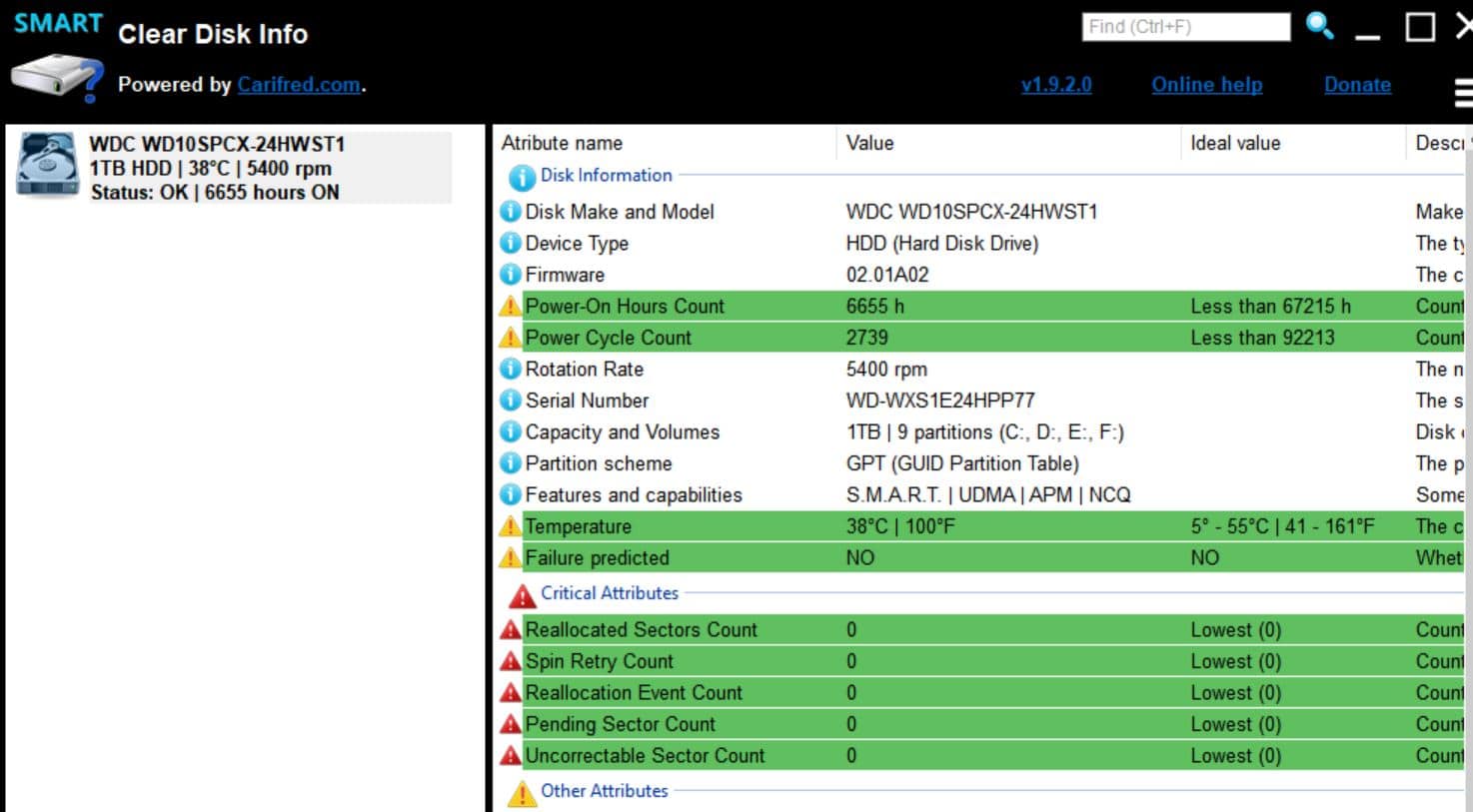

BEST DISK HEALTH CHECKER MAC OS X
If you booted to the Lion Recovery HD choose Disk Utility from the Mac OS X Utilities screen, followed by Repair Disk in the normal way Choose Disk Utility from the Mac’s boot screen At the installation screen, select Disk Utility from the Utilities menu and then use the Repair Disk option from there.When your Mac restarts, select Mac OS X to boot from the DVD (unless you pressed C in the previous step) or choose the Lion Recovery HD.Restart your computer and hold down the OPTION key when you hear the chime (or just press C to automatically boot from the DVD drive).Note: Repair Disk cannot repair any disks that you have already booted from so you will need to restart from another bootable drive, or the Mac OS installation disk, or the Lion recovery HD. Use Disk Utility to check your Mac’s HD status and make any necessary repairs Disk Utility can’t fix any hardware problems with your disk, but there’s a good chance that data integrity and filesystem issues can be easily resolved. In case any issues are seen, select Repair Disk to attempt to fix them. Your disk’s status and any problems encountered will be displayed in the main window.

The real-time activity of the disk is also displayed and updated periodically.How to Check your Mac File System For Errors to Keep Your Apple Computer Running Smoothlyģ.
BEST DISK HEALTH CHECKER SERIAL
These areas can be removed to reveal the data hidden within these areas.ĭiskCheckup also displays device information, such as the drive geometry, serial number, model number, media rotation rate, and supported features. The HPA/DCO are hidden areas of the hard disk that contain data not accessible by the user. The results of these tests are displayed in DiskCheckup.ĭiskCheckup can detect and set the sizes of the Host Protected Area (HPA) and Device Configuration Overlay (DCO). There are two main self-test routines: Short Test and Extended Test. DiskCheckup monitors these changes over a long period and predict the date (if available) of the Threshold Exceed Condition (TEC), which is displayed on the main window.ĭiskCheckup can also execute built-in Disk Self-Test (DST) routines implemented by the vendor to detect drive failures.

Note that SMART attributes change slowly over time and are helpful attempts to diagnose the life span of a particular drive. If an attribute drops below its threshold, the drive cannot guarantee that it will be able to meet its specifications in the future. SMART monitors elements of possible long term drive failure, such as 'Spin Up Time', the number of start/stops, the number of hours powered on and the hard disk temperature.ĭiskCheckup displays the current values of the SMART attributes, along with the Threshold value for that attribute.

If SMART is enabled on a hard disk, the system administrator can receive analytical information from the hard drive to determine a possible future failure of the hard drive. SMART (Self-Monitoring Analysis and Reporting Technology) is a feature on a computer's hard disk for providing various monitoring indicators of disk reliability. PassMark DiskCheckup™ allows the user to monitor the SMART attributes of a particular hard disk drive.


 0 kommentar(er)
0 kommentar(er)
